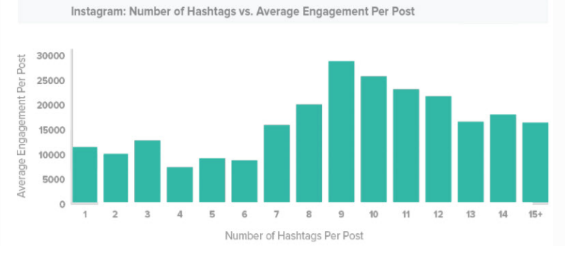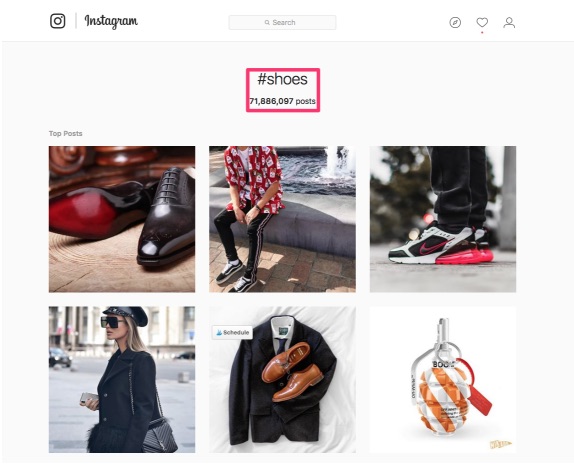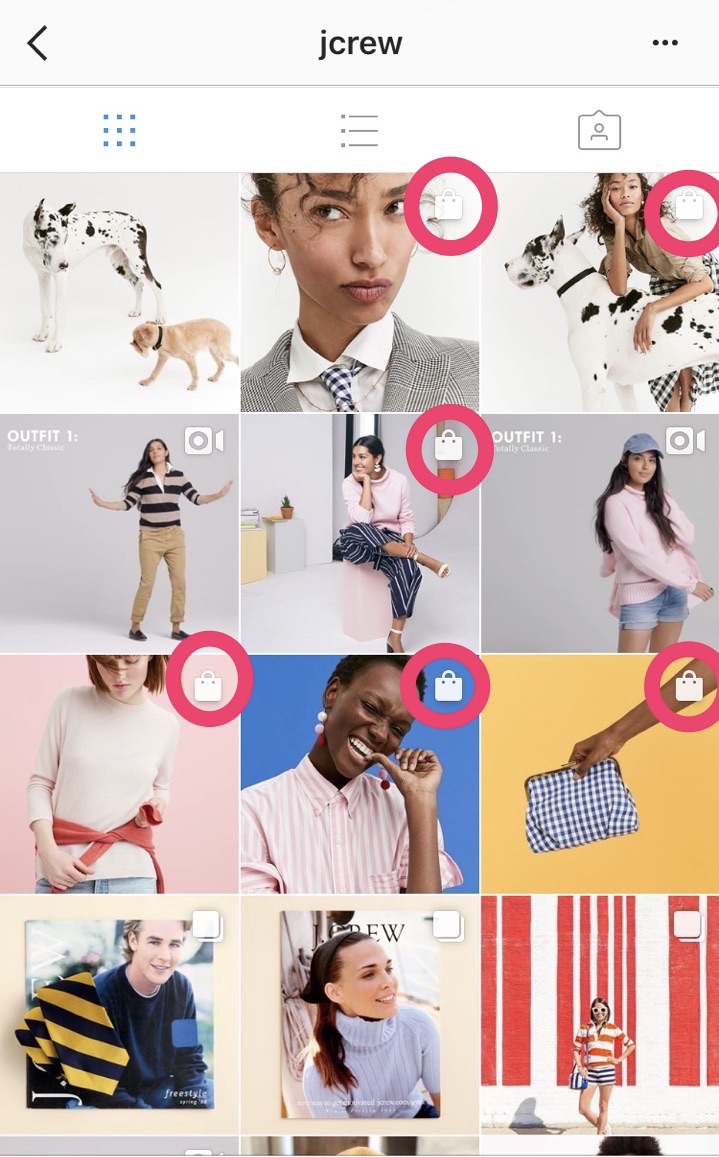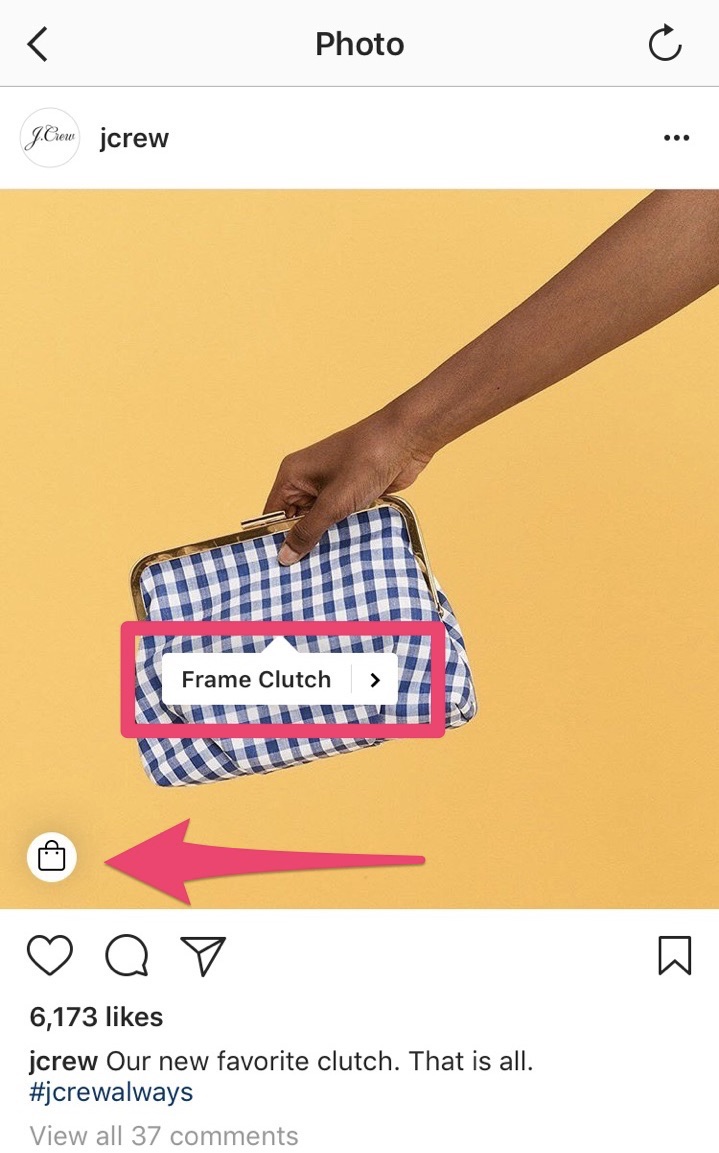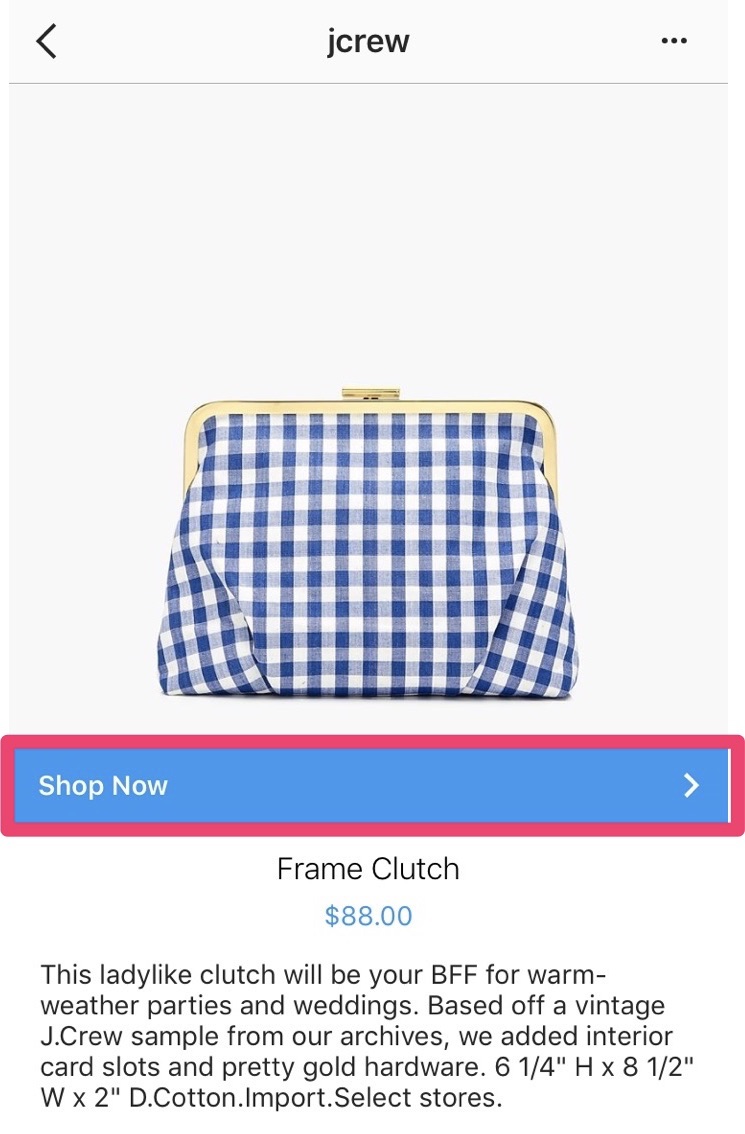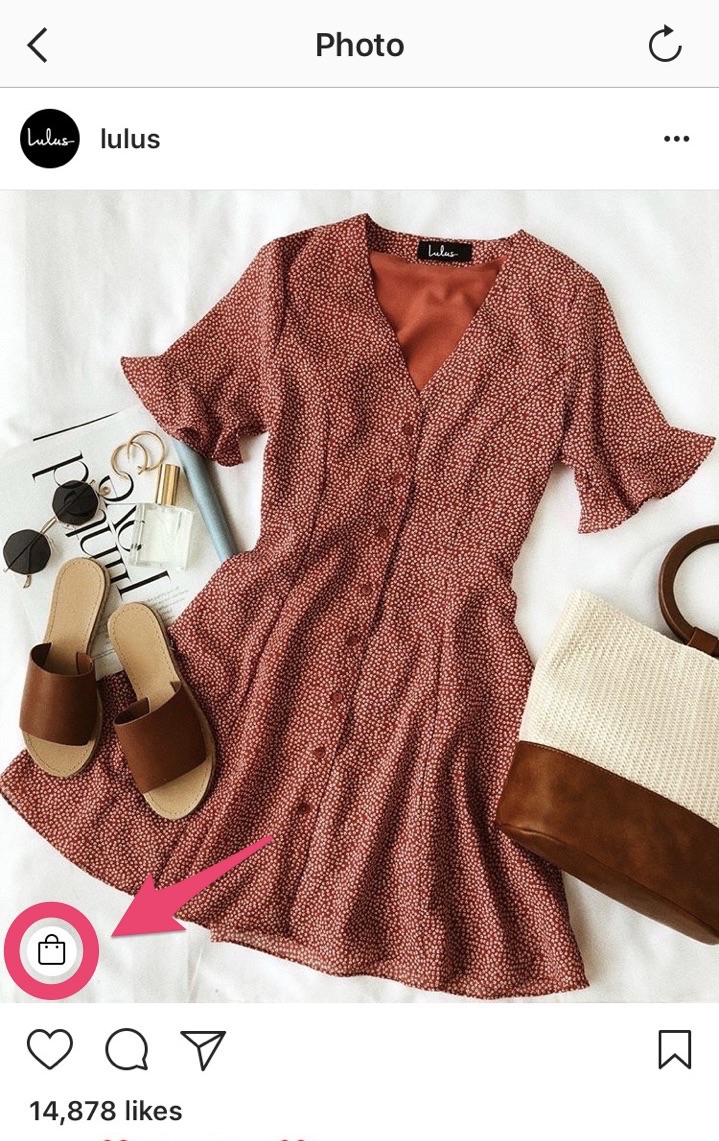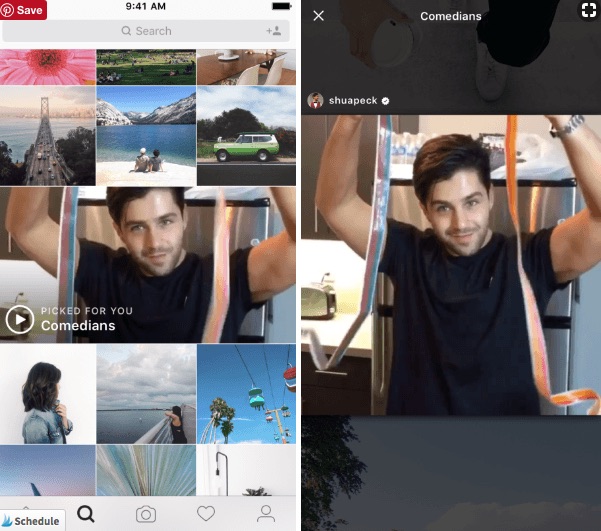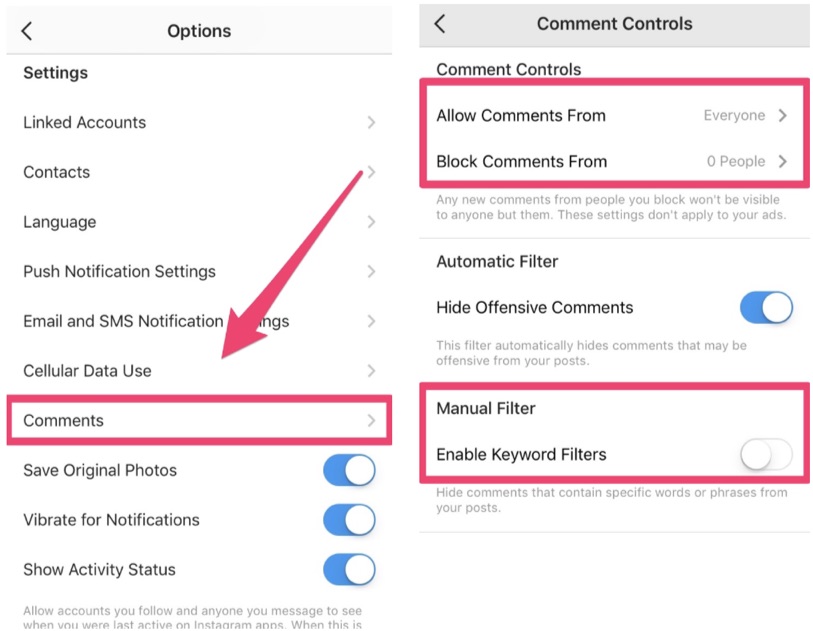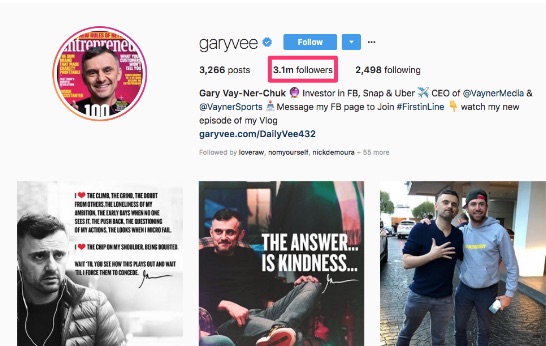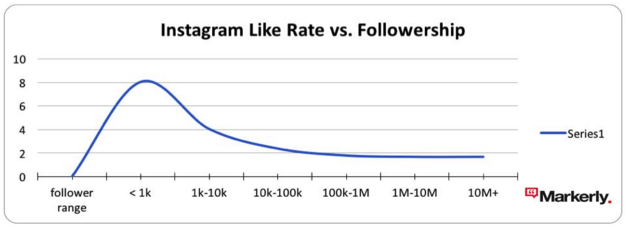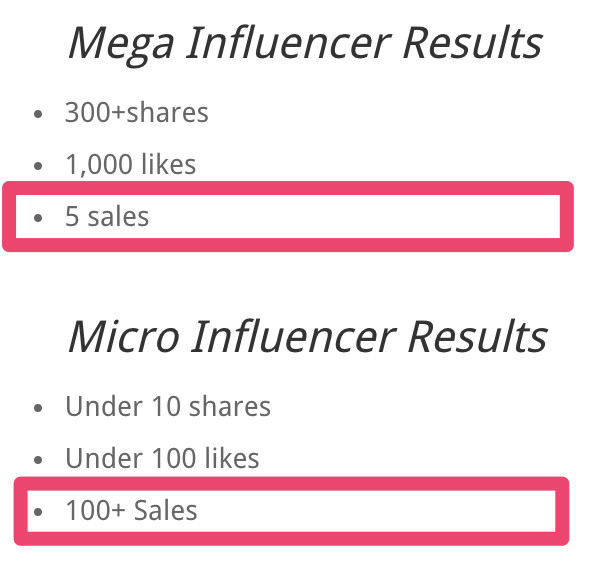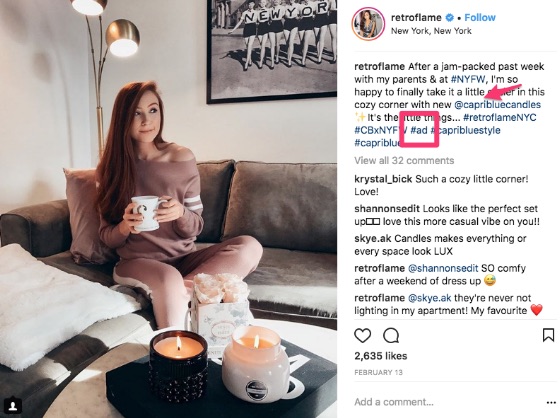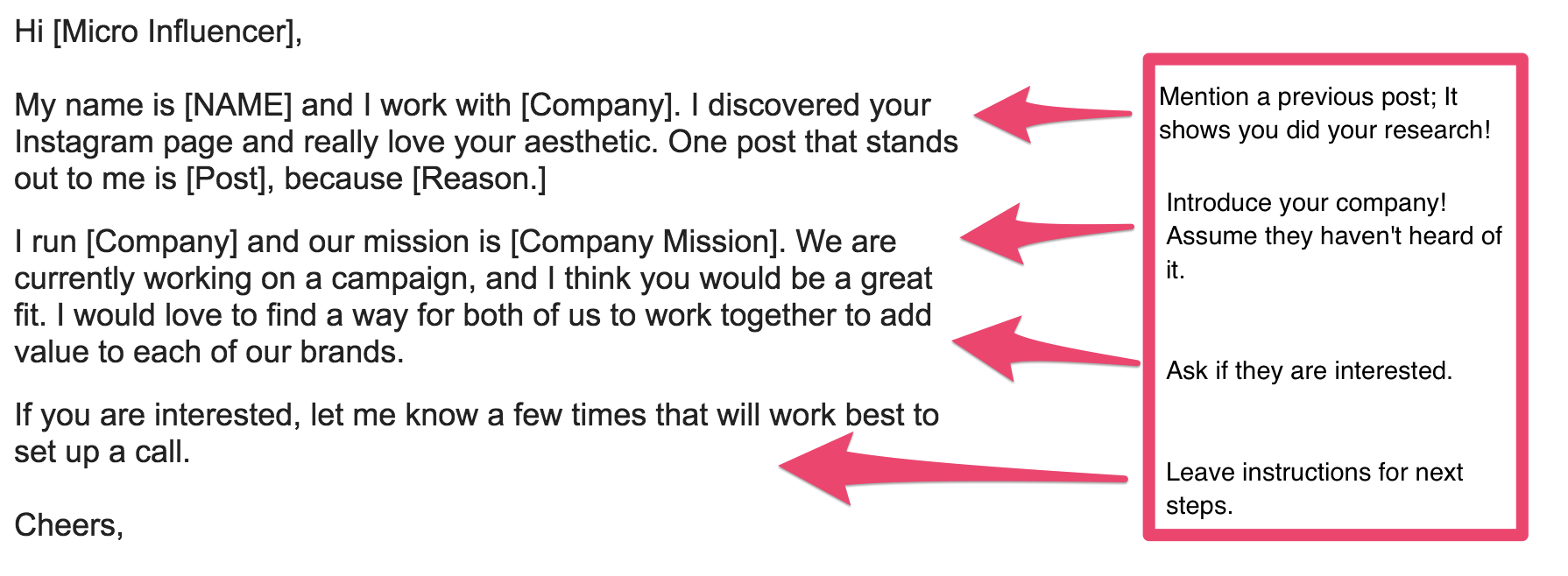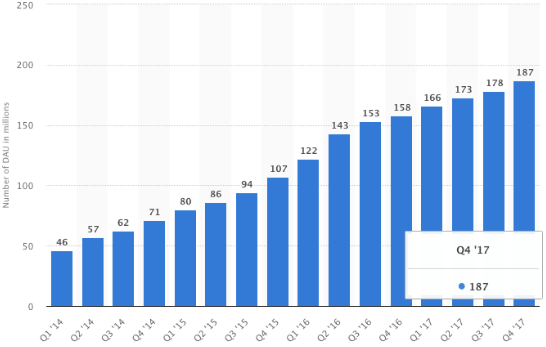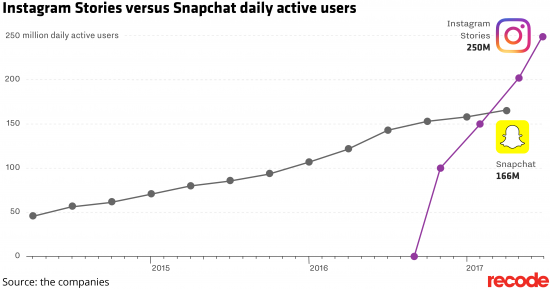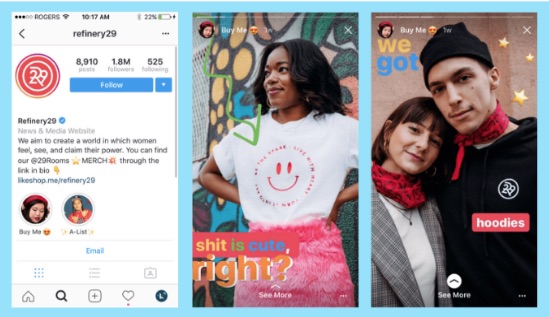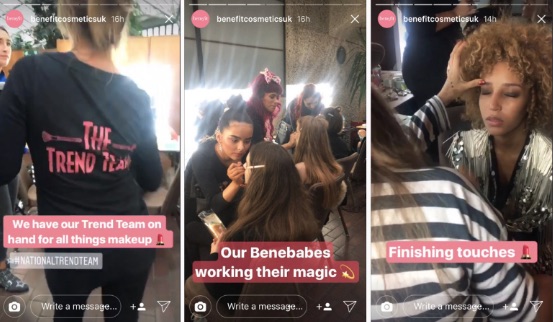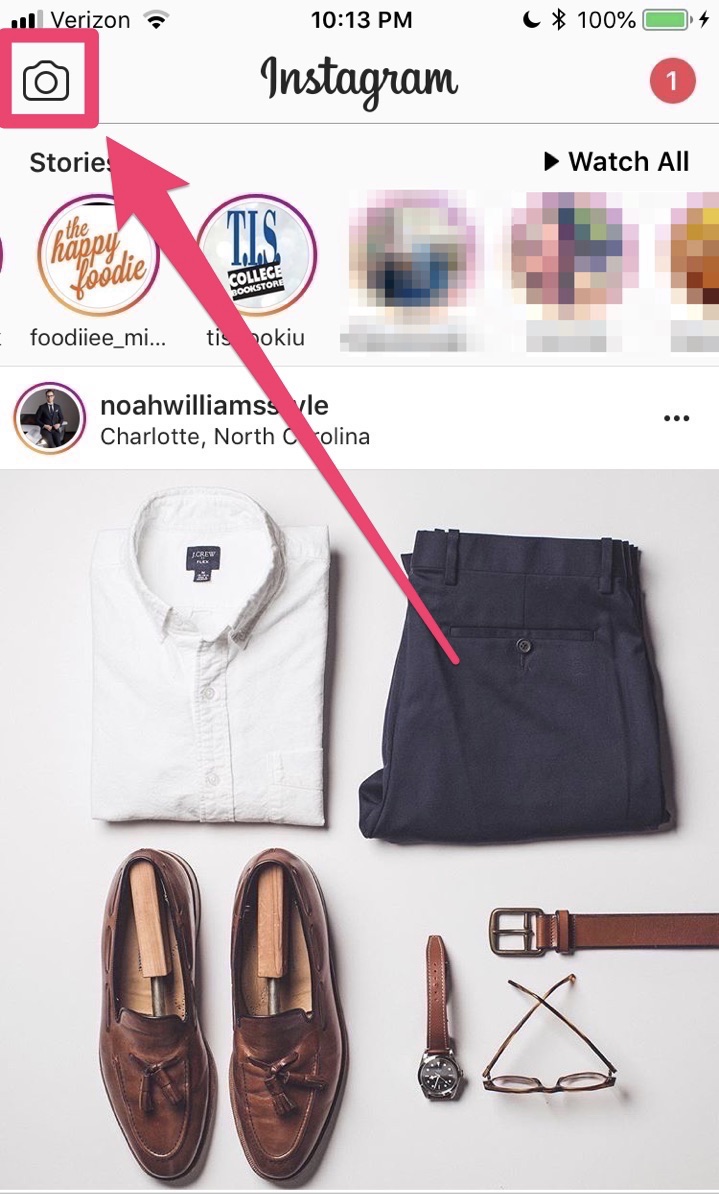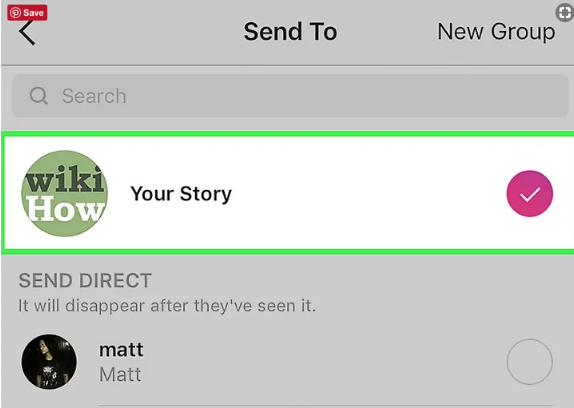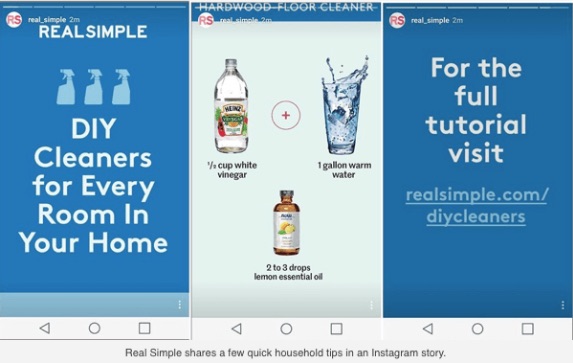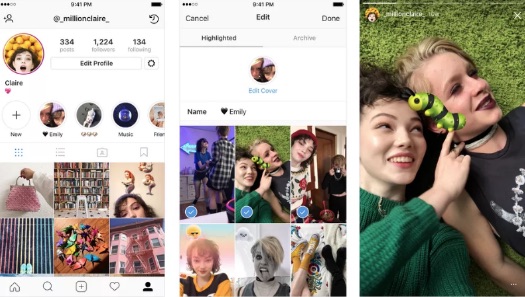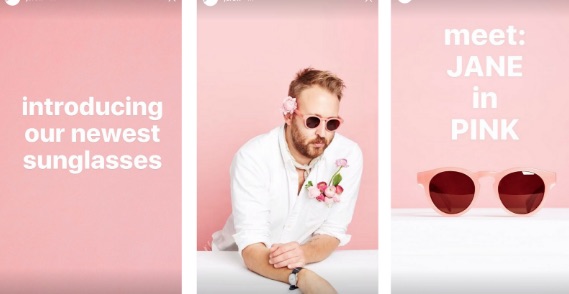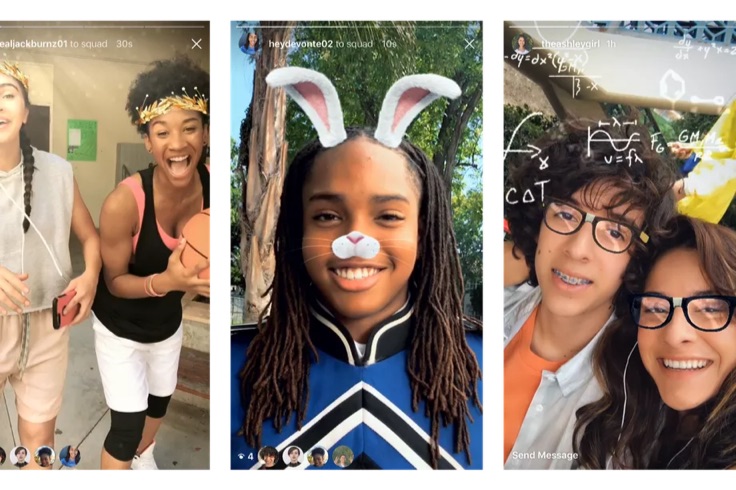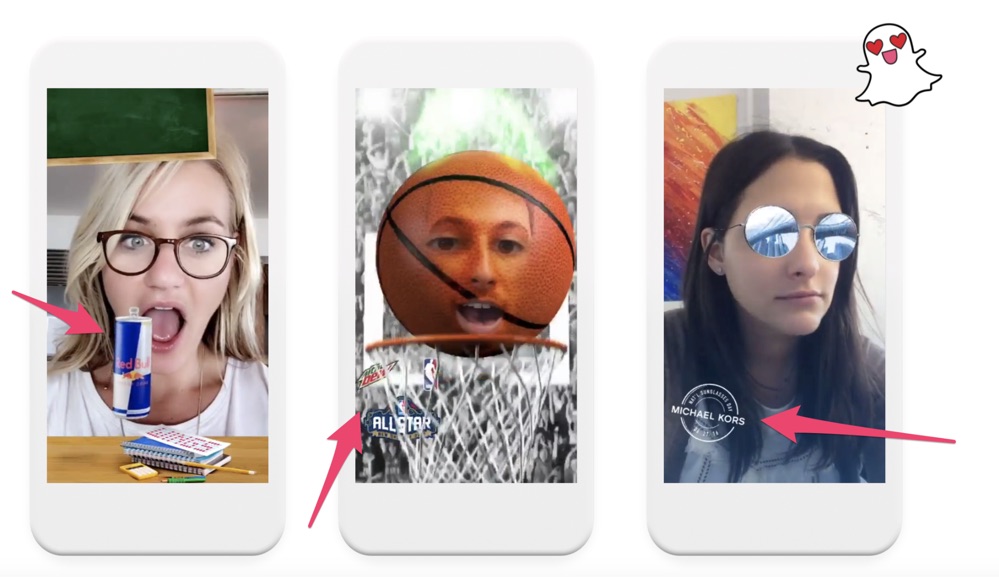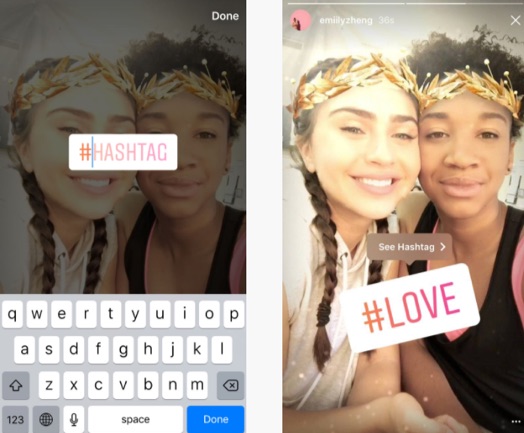Last year, my friend checked her Instagram engagement numbers and noticed something unusual.
They tanked.
“I used to get lots of likes and comments, but now it has totally dropped off,” she told me.
I asked her what she was doing differently.
And that was the issue.
Instagram has changed a lot since it first launched in 2010.
And while that number is incredible, what is more striking is the rate at which the platform is growing.
In 2013, it had 100,000,000 users.
In 2016, it had 500,000,000 users.
By April 2017, it had 700,000,000 users.
By September 2017, it had 800,000,000 users.
This means its user base rocketed by 100,000,000 users in five months.
Since Instagram is purely visual, it’s an incredibly captivating way to make a connection with your customers.
But only if you know how to use it in 2018.
Let’s take a look at the top Instagram trends all marketers need to know about in 2018.
At first, access to 800 million users might sound like a marketer’s dream.
But the more you think about that number, 800 million users means more competition.
And more clutter.
To make matters worse, Instagram continues to make changes to their algorithm, negatively affecting brands’ organic reach.
In March 2018, Instagram announced that “introducing [algorithm] changes to give you more control over your feed and ensure the posts you see are timely.”
What does this mean? Instagram is still toying with their algorithm.
Good for users. Bad for brands.
That said, it isn’t all doom and gloom for businesses.
Increased competition means more saturation. That fact, combined with decreasing organic reach, means you’re going to have to pay to play in 2018.
Promoting your basic Instagram posts isn’t the same as running an Instagram ad campaign. But it is your best shot at getting content to stick out from the crowd.
Only Instagram Business Accounts have access to promoting posts.
To get started, make sure your profile is set to public. You can do this by heading over to your profile.
Then click the gear shift wheel icon and switch to a Business Profile.
Setting up a boosted ad is one thing, but knowing which posts to boost is another.
Naturally, you’ll only want to boost posts that people are engaging with.
Your Insights will quickly aggregate all of this basic reach data.
If you use trending hashtags that are relevant to your audience, your posts’ discoverability will increase.
Well, there are a variety of tools that can help you decide which hashtags are the right ones for you:
But how many should you add to a single post?
TrackMaven took a look at hashtags on Instagram and found that 9 is the optimum amount for engagement. The report also found that longer hashtags (we’re talking around 24 characters) outperform shorter ones.
But you can always check to see what hashtags your competitors and your customers are using.
To do this, type into Instagram’s search bar. The app will display the most closely related hashtags.
It will even tell you how many times that hashtag has been used in total by Instagram’s users.
Once you have a decent collection of hashtags together that are aligned well with your target audience, you can then start posting with them.
But don’t just post and forget about them. Follow them. At the end of 2017, Instagram released a new update allowing users to follow hashtags.
Simple, but effective.
2. Customers can buy direct with Instagram shopping features
Got an e-commerce store?
If so, you need to be using Instagram’s Shopping feature.
Like, right now.
It improves product discovery on the app by condensing and making information available in one place.
Shoppable posts can be identified on account profiles by a white shopping bag icon at the top right-hand corner of posts.
Users can see these posts natively in their feed while scrolling. Each post that uses this feature will show a white shopping bag icon or a “Tap to View Products” pop-up.
Instead of having to click on links to get access to product pricing and descriptions, this key info will be available on a brand’s Instagram post.
Shoppers can do their browsing without leaving the app.
For businesses, the advantages are obvious; it’s simply an easier way than ever for customers to push your products.
The stats don’t lie either. According to Instagram, 75% of users who see a business post take action.
The clothing company, Lulus, tested this feature with great success. They found “nearly 33% of people who tap to learn more about a product visit our site through ‘Shop Now’.”
This tells you one key thing: consumers love to connect with brands on Instagram.
So how to get started? Well, Instagram is busy rolling out the feature, but you still need to be approved to use it.
Once you are approved, simply upload a post to Instagram like you usually would. Then, tag the product using the “tag products” feature.
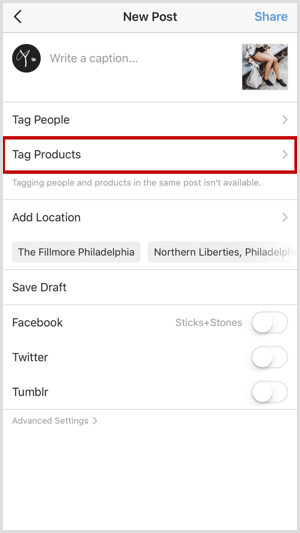
It’s just like tagging a person.
Then, simply share your post to your page, and you’re done.
How to increase the reach of your shopping posts
To take things one step further, there are numerous integrations and tools to increase conversions depending on what platform you are using. Some of my favorites are:
- Snappt – You can use this tool to embed your shoppable Instagram feed on your website. It makes a nice gallery that will be linked to your feed and dashboard.
- Salesforce Marketing Cloud – This tool helps you manage campaigns that will help drive engagement and optimize your shoppable Instagram posts.
- Integrations with BigCommerce and Shopify – This makes it easier than ever for small businesses using these platforms to integrate the shopping feature.
3. Reach more followers organically with live streaming
Gulp. Going live fills many of us with dread.
But let’s face it. Instagram Live is a fantastic way to connect with your audience, answer questions on the fly and solve any issues they might have.
Daunting? Sure. But it’s so easy to go live.
Start by tapping the camera icon on your screen (top left).
This will open the camera.
Tap “Live” followed by “Start Live Video.”
Provided your notifications are turned on, your followers will be notified that you’ve gone live.
But what should you do? Here are some live content types:
- How-To Demonstration
- Behind the Scenes
- Event Updates/Streaming
- Exclusive Content
- Contests
- Product Demonstrations
- Cross partnerships
- Exclusive Content
For example, Dunkin Donuts mastered Instagram Live by providing a behind-the-scenes look at some of their sweet creations inside their test kitchen on Valentine’s Day.

Beyond Yoga used Instagram Live to showcase how their clothing items fared after performing various yoga poses.
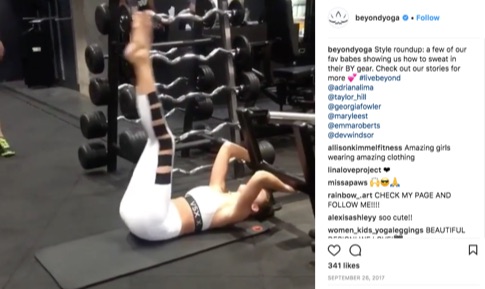
Want even more engagement? Use Instagram Live with friends.
Instagram Live with friends means you’re live on camera with a guest. This can be a great way to involve another brand or partner in the mix.
Jared Leto and Gucci teamed up for an Instagram Live with friends broadcast.
This provided a chance for Gucci’s Instagram audience to be exposed to Jared Leto’s brand and vice versa.
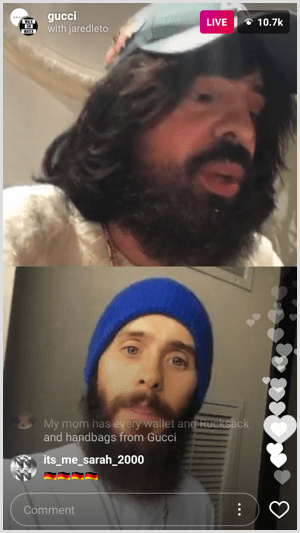
Want more added exposure? The more popular your broadcast is, the more of a chance it has of appearing in the Explore tab.
Awesome, right? There’s also such a thing as Top Live Instagram Stories. The more viewers and guests you’ve got, the higher you will rank.
It’s easy enough to use too, but there’s a big thing you need to bear in mind: comment moderation.
Comment moderation should be turned on if you’ve got a “clean” brand with an audience that wouldn’t want to be subjected to bad words in the comments.
To moderate comments, go to your Settings, head on down to “Comments” and pick the comment moderation options that you’d prefer.
Another thing you need to do is promote your Live broadcast in advance.
Use Instagram Insights to discover a good time to go live (this will be a time when your engagement is usually at its peak).
But that’s not all. Instagram recently made it available for you to save your live streams to your camera roll.
Now, you have great content to repurpose for other social media channels as well.
4. Target micro influencers to promote you
In his book #AskGaryVee, Gary Vaynerchuk says that anyone who has a following on Instagram is an influencer.
Gary knows what he is talking about, with having over 3 million followers.
You might be thinking, “3 million followers?! My brand doesn’t come close to that.”
Don’t panic.
You don’t necessarily need thousands of followers to make an impact. Studies show engagement peaks at just 1,000 followers.
This is why micro influencers are great.
Those with mid-range followings (1000 – 10,000+) can have strong engagement numbers and be incredibly impactful for your brand.
Launching a micro influencer campaign doesn’t have to be costly either. In fact, working with influencers on Instagram can often give you a better ROI.
Influencer Marketing Days performed a test to compare the value between micro and mega influencers. Their results were interesting, although not surprising.
Mega influencers had high engagement numbers, but low sales. Micro influencers resulted in high sales, but low engagement numbers.
Why was that the result?
Despite smaller following than influencers, micro influencers often have a higher engagement rate and more of a personal relationship with their followers.
They might even think of their followers as friends and vice versa.
Additionally, most micro influencers are invested in their craft which makes them useful for marketers targeting niche markets.
Below you can see Erika advertising Capri Blue candles. A perfect fit for her brand and audience.
She tagged the post with “#ad,” which is incredibly important. The FCC has imposed regulations to ensure that influencers and brands state their relationships on posts.
How to get in touch with an influencer
You can find influencers by searching for popular hashtags related to your product.
Sometimes you don’t even have to look past your current followers. A passionate fan could also be a great micro influencer for your product.
If you’re stuck and can’t find anyone who fits your target audience, there are platforms to help you source micro influencers. Some include Upfluence, Grin, and Gnack.
Once you find an influencer, you can contact them through their DM’s or email. If they are commonly involved in campaigns, they might have their email on their page.
If so, simply email them to connect. Many leave their email addresses in their bio.
But what do you say?
You can send them a simple email like this to begin the conversation:
They get additional content for their channel. You get additional exposure.
It’s a win-win scenario.
5. Instagram Stories offer real-time engagement
Nope, I hadn’t forgotten Instagram Stories. Maybe I was saving the best for last?
There are a few reasons why Instagram’s user base keeps on growing at a crazy rate, and one of the reasons is Instagram Stories.
Of course, we’ve all seen a similar feature before over at Snapchat.
Snapchat’s business plan is built around their Stories feature, a popular feature which is arguably responsible for them experiencing a surge in daily active users over the years.
By the end of 2017, Snapchat had 187 million daily active users.
Instagram then went and launched their own Stories feature in mid-2017, and it has paid off.
Since adding it, Instagram’s user base has rocketed by 100 million.
By August 2017, the feature had 250 million daily active users, a figure which eclipses Snapchat.
This means Instagram Stories has a bigger audience, which you need to target.
It also has a wider audience too, which means you’ve got a better chance of reaching your targeted persona.
Snapchat is experiencing a downturn in users at the moment, with studies showing that a percentage of its audience is actually heading over to Instagram instead.
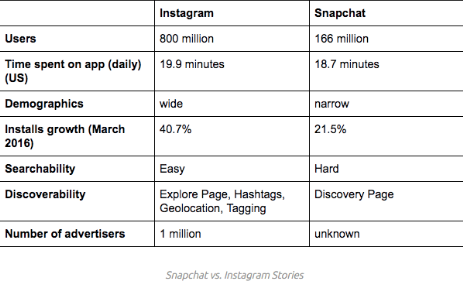
What does all this mean for you?
You need to use Instagram Stories.
Stories can now be viewed on desktop, while Story Highlights is a brand new feature that lets you showcase your most popular Story for longer than the usual 24-hour limit.
How to maximize Instagram Stories
Whether you use photos or videos, Instagram Stories are a great way to give your audience a “behind-the-scenes” glimpse of your business.
Below you can see the company Benefit sharing behind-the-scenes footage of their beauty shoot.
But your story doesn’t have to just be showing what’s going on.
You can craft a compelling narrative, too.
If customers or employees are happy to be involved, you should make them the stars! NASA spotlighted their employees who shared why they like working at NASA.
It’s really easy to record a video, too.
All you need to do is head over to the main Instagram Stories screen and press the icon at the top left-hand corner of the screen.
Then press the middle button and hold it, before releasing once the video is done.
To take a picture, just tap the button once and release.
Then, upload the video (or image) and add a caption or draw text onto it.
Off-the-cuff videos work because users appreciate live footage. It creates a sense of intimacy between you and your audience, and it’s good for transparency.
You can also use Instagram Stories to create a series of how-to articles or do-it-yourself tips on your page.
Below you can see Real Simple share quick household tips in their Instagram Story.
How to put together a how-to article via Instagram Stories?
The best way to do it is by using slides.
Simply put the slides together in a sequence before uploading them to Instagram Stories.
The slides need to be eye-catching, colorful and engaging.
If you’re not the most visually creative person in the world, you can use Canva to design your Story before uploading. It’s very easy to use for non-designers.
End each how-to Story with a compelling call to action that tells the viewer what they need to do next.
6. Showcase brand personality with augmented reality branded face filters
Instagram developed face filters for its users.
Some can make you look like a rabbit, and others can give you a crown on your head.
The filters work when using both the front and back camera on your phone.
But how can these filters benefit your business?
By using branded face filters.
We know that Instagram is in hot pursuit of Snapchat.
And we have already seen Snapchat offer sponsored Snapchat lenses for Red Bull, Mountain Dew, Michael Kors, and more.
So, Instagram likely isn’t far behind from opening face filters up to brands.
But this feature might not be available to every brand until 2019 and also may not be cheap.
A source that previously bought a branded filter on Snapchat and Facebook for their company spoke to AdAge and agreed Instagram’s branded face filters are impactful.
They said, “Instagram is a better place than Facebook for lenses. The way people use Instagram, it’s just more of a camera app.”
But that’s still a ways off.
For now, consider adding a hashtag sticker to your Story for more context.
To do this, create your Story first.
Then simply tap the sticker icon at the top right of your screen.
Next select and customize your hashtag.
Finally, add it to your Story.
Of course, make sure the Instagram app on your phone is always updated.
You don’t want to miss out on any new features being dropped.
Head over to the Play Store for Android users or the App Store for Apple users.
Remember, people are less likely to follow an Instagram page that looks messy and inconsistent.
60% of the best brands use a consistent filter on Instagram.
A consistent aesthetic – and this includes the color palette, content, font, composition – is going to be essential to Instagram success in 2018.
Have a look at Desenio.
They use the same colors over and over again.
Take a step back and look at your feed as a whole. Do the images look good together? Is your aesthetic compelling and consistent?
If one moment a business is posting photos of food and the next moment they’re wading in on the current political climate, it’s going to be hugely confusing.
Their core message will be lost.
Don’t let this be your business.
Leave behind the bad habit of throwing your followers a curveball with a post that adds no value and makes little sense. Be predictable.
If there are old posts that no longer fit your aesthetic, you can either delete them or hide them using the Instagram Archives feature.
Conclusion
Instagram isn’t going away any time soon.
Users will continue to have faith in Instagram, and its audience is only going to grow and grow.
But unless you adapt to the changing trends, you’ll fall way behind your competitors.
Each time Instagram rolls out a new feature, such as Instagram Stories, don’t sit back and hope it goes away because you don’t like change. Be among the first to adopt it.
Take advantage of micro-influencer marketing. Target influencers in your niche that have already developed a relationship and trust with their audience.
Use Instagram live to create a sense of intimacy with your followers and connect with them regularly.
Carefully analyze your analytics so that you don’t waste your money on boosted posts. Take the time to build a community and treat your page just like you treat your brand.
Next, consider branded face filters. They may be available for your company to use very soon.
What trends are you using in your current Instagram campaign?
About the Author: Neil Patel is the cofounder of Neil Patel Digital.
